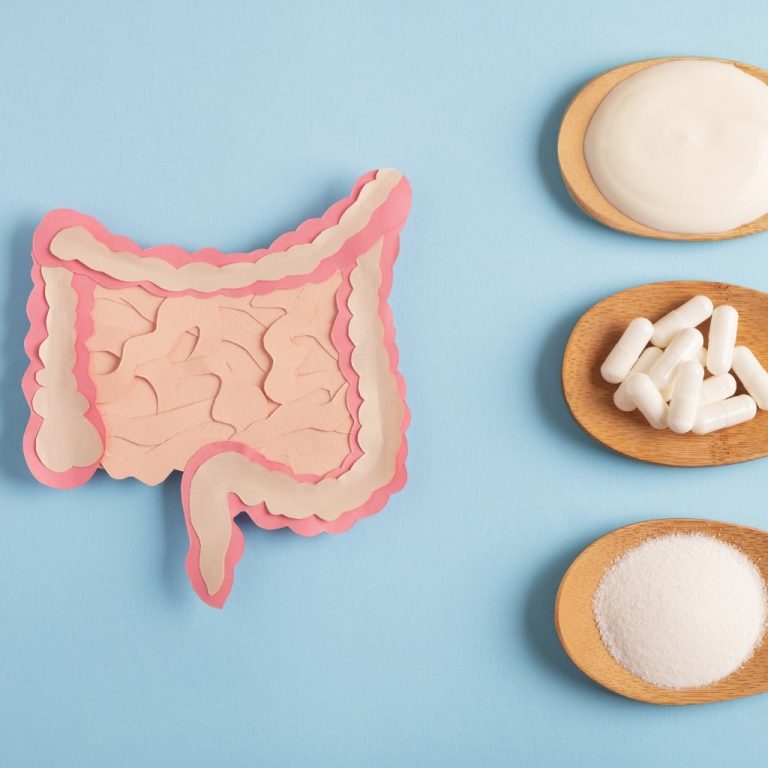Even after 6 months, researchers were unable to find 9 of the most common types of bacteria in the intestinal flora.
It is well known that antibiotics disturb the intestinal flora. What happens in the subsequent recuperation was recently studied on healthy volunteers.
Over the course of 6 months, scientists studied how the human intestinal flora reacts to a mere 4-day antibiotic treatment. For this purpose, 12 healthy young men took a „cocktail“ of meropenem, gentamycin and vancomycin.
The strong „reserve antibiotics“ that were used in this study by no means sterilised the intestines. Rather, they paved the way for as yet unknown microorganisms. As a result, more pathogenic germs emerged, write the authors. This explains why antibiotics relatively often lead to serious gastrointestinal disorders such as an infection with Clostridium dificile (CDI), a not quite so harmless germ.
The intestinal flora of the test subjects appeared to have recovered within one and a half months of the antibiotic therapy. However, researchers noted that 9 common, and therefore essential for the function of the intestinal flora, types of bacteria were still missing after 6 months. Instead, they found bacteria with more resistant genes that are able to weaken or even nullify the effects of antibiotics. No strong correlation between the time of recolonisation and the number of genes could be found. Such resistances probably only play a role in the long run, explains the accompanying press release.
Source: Palleja A et al. Nat Microbiol 2018; 3: 1255-1265



























